Dialogue adds immense interest to a story, but dialogue is hard to write. I don’t mean that it’s hard to write words that sound like real people talking, though that’s true too. What I’m talking about today is the not-so-simple mechanics of typing dialogue onto the page and punctuating it properly.
Let me give you a tip that will work 99% of the time:
Punctuation then quotation
Catchy, huh? It even rhymes (in a nerdy sort of way). Let’s look at some examples.
“That’s amazing!” Watson said. “However did you manage?” Watson completes a sentence, then comes the tag so we know who’s talking. The second part of his dialogue is a second complete sentence, so it starts with a capital letter.
“Easily enough,” answered Holmes, “when you understand the principles.” Holmes’ answer is all one sentence, interrupted by a tag, so the second part of his dialogue does NOT start with a capital letter because is ISN’T the first word in Holmes’ sentence.
“It’s actually quite elementary.” Holmes paused to puff at his pipe. “Observe.” Here Holmes utters two sentences (each of which naturally begins with a capital letter) interrupted by a beat. A beat is a sentence that lets us know who’s speaking by describing something they’re doing as they speak.
Watson shouted, “I see!” Here the tag comes at the beginning of the sentence, so we follow up with a comma and quotation marks to show where the spoken part starts.
“Good man. I’m glad you’re along,” Holmes replied. This time the tag is at the end, so we end the dialogue part with a comma, close the quotation marks, and then tag on the speaker.
The thing I want you to see is this: In every case the punctuation (comma, period, exclamation, or question mark) comes FIRST, and then the quotation mark.
That was easier than it looked, huh? 🙂
Exercise:
- Find a selection with lots of dialogue (in a book or online).
- Print out or make a copy of the pages.
- With a marker or colored pencil, highlight every occurrence of punctuation and quotation marks.
- Study these examples and see if you find any instance where the “PUNCTUATION THEN QUOTATION” rule does not apply.

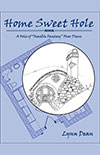


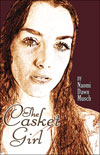
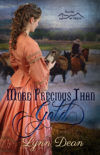
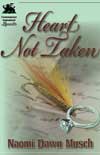



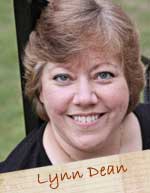





Speak Your Mind
You must be logged in to post a comment.